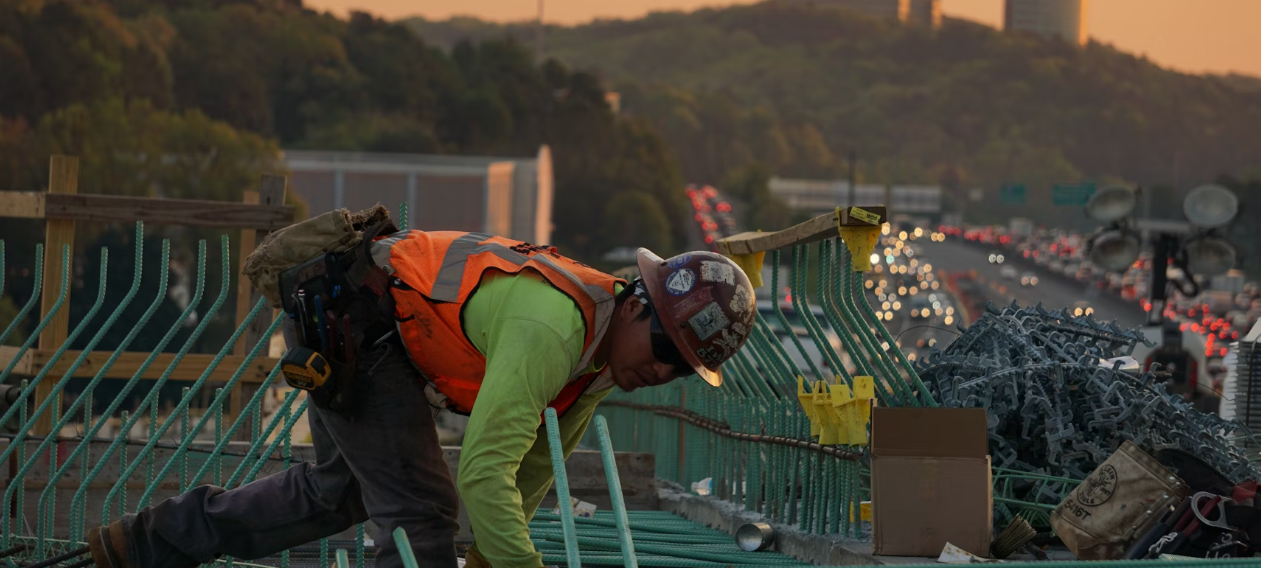Conocimiento
Weather-Resistant Canopy Tents for Construction Sites: Protecting Workers and Equipment
In the bustling world of construction, ensuring a safe and productive work environment is paramount. As projects progress, workers face various weather conditions that can impact their efficiency and safety. Enter weather-resistant canopy tents—a solution that offers shelter and protection from the elements. These durable tents not only safeguard workers but also protect valuable equipment and materials, making them an essential asset on any construction site.
The Importance of Weather-Resistant Canopy Tents
Construction projects often span weeks or months, exposing workers to unpredictable weather patterns. Rain, wind, UV rays, and extreme temperatures can hinder progress and pose safety risks. Weather-resistant canopy tents provide a reliable shield against these elements, creating a controlled environment where work can continue uninterrupted.
Protection for Workers
Safety is a primary concern on construction sites. Weather-resistant canopies create shaded areas that shield workers from harsh sunlight, reducing the risk of heat-related illnesses. According to the Occupational Safety and Health Administration (OSHA), excessive sun exposure can lead to serious health issues, including heat exhaustion and heat stroke. By providing shaded relief, these tents help maintain worker comfort and productivity, ensuring that teams can focus on their tasks without the distraction of discomfort.
In addition to sun protection, these canopies offer shelter from rain and wind, allowing workers to stay dry and safe. When weather conditions deteriorate, having a designated covered area enables crews to regroup, strategize, and maintain communication without being exposed to the elements.
Safeguarding Equipment and Materials
Construction sites are often littered with expensive tools, machinery, and materials that can be severely affected by weather conditions. Rain can damage tools, while UV exposure can degrade certain materials over time. Weather-resistant canopy tents provide a protective cover, ensuring that equipment remains functional and materials stay in optimal condition.
By shielding equipment from moisture and UV rays, these tents help extend the lifespan of tools and materials. This proactive approach reduces the need for repairs and replacements, ultimately saving time and resources.
Key Features to Look For
When selecting a weather-resistant canopy tent for a construction site, several key features should be considered to ensure maximum protection and durability.
1. UV Protection
One of the most significant advantages of weather-resistant canopies is their ability to provide UV protection. Prolonged exposure to harmful UV rays can cause skin damage and lead to serious health issues. Look for tents that offer UV-blocking materials, which can significantly reduce UV radiation exposure for workers. This feature not only enhances safety but also contributes to overall worker well-being.
2. Waterproofing
Rain can be a construction site’s worst enemy. A high-quality canopy should feature waterproof materials to prevent leaks and ensure that workers and equipment stay dry. Look for tents with sealed seams and water-resistant coatings, as these enhancements can significantly improve water repellency. By choosing a waterproof tent, you ensure that work can continue even during light showers.
3. Wind Resistance
Construction sites can be windy, especially in open areas. A robust canopy tent should be able to withstand gusty conditions without collapsing or being blown away. Look for tents with reinforced frames and secure anchoring systems. Wind-resistant designs, such as those with sturdy poles and cross-bracing, are essential for maintaining stability during adverse weather. This feature not only protects the tent itself but also ensures the safety of workers and equipment underneath.
4. Size and Versatility
The size of the canopy tent should match the needs of your construction site. Whether you require a small shelter for a few workers or a large area for multiple teams, selecting the right size is crucial. Additionally, versatility is key; many weather-resistant canopies can be configured in various ways to adapt to changing project requirements. Some models allow for easy expansion or connection to other tents, making them a flexible solution for different phases of construction.
5. Ease of Setup and Portability
Time is of the essence on construction sites. Choose a canopy tent that is easy to set up and take down, allowing for quick deployment when weather conditions change. Many modern tents come with user-friendly designs that require minimal tools and manpower for assembly. Portability is also important, especially if your site requires frequent relocation of the tent. Lightweight materials and compact storage options can simplify transportation and setup.
Conclusión
Weather-resistant canopy tents are a game-changer for construction sites, providing essential protection for both workers and equipment. By prioritizing UV protection, waterproofing, wind resistance, size versatility, and ease of setup, construction teams can ensure a safer and more efficient work environment.
In a field where productivity and safety go hand in hand, investing in high-quality canopy tents is not just a matter of convenience—it’s a commitment to the well-being of every individual on site. As projects evolve and weather conditions fluctuate, these durable tents will remain a reliable partner, allowing construction teams to focus on what they do best: building the future.
